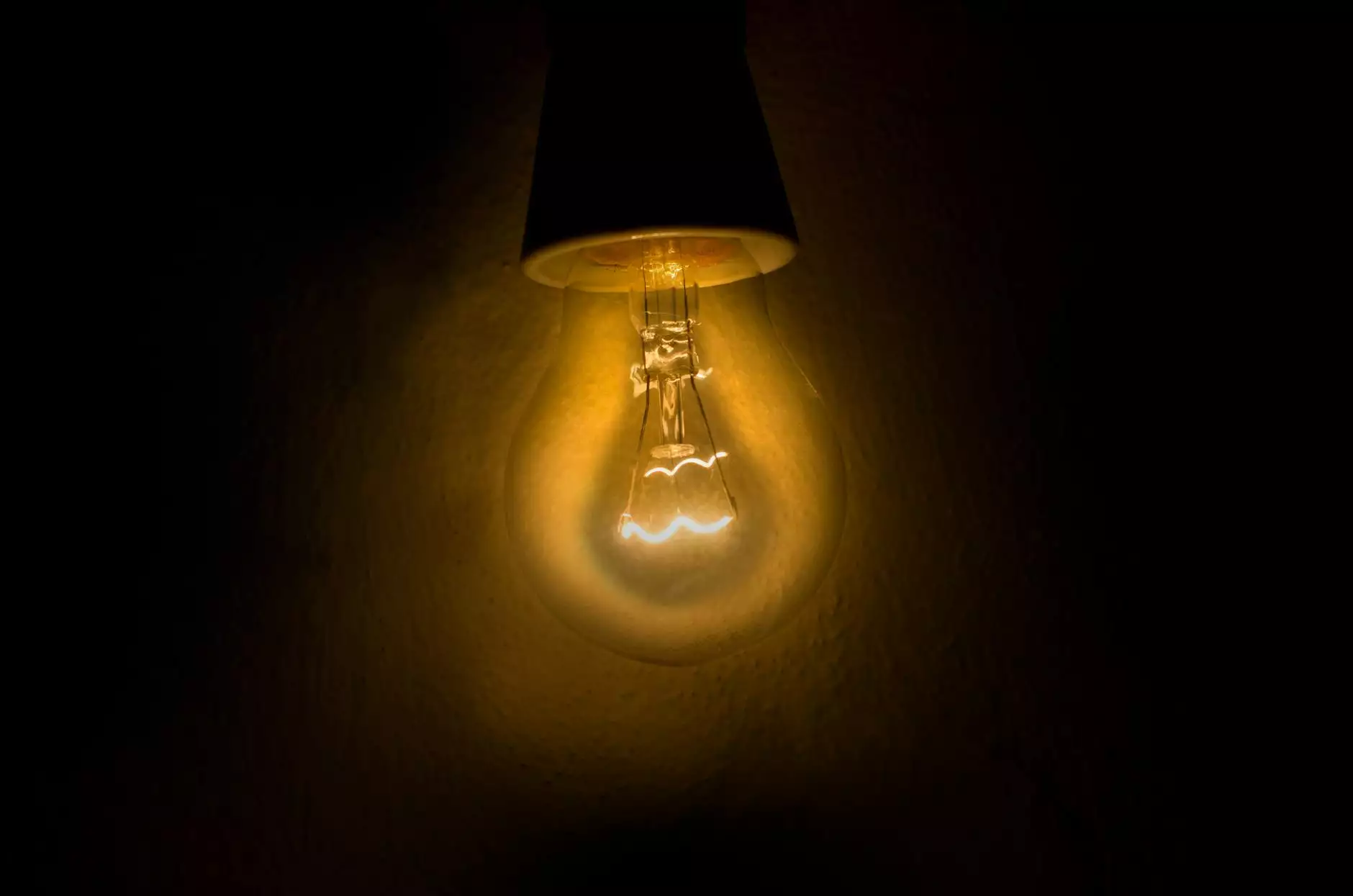Understanding Pool Plaster Problems and Solutions

If you're a pool owner, you know how important it is to maintain your investment. One of the most significant aspects of pool care involves understanding and resolving pool plaster problems. In this comprehensive guide, we will delve into the various issues that can arise with pool plaster, their causes, and effective solutions to keep your pool in pristine condition.
What is Pool Plaster?
Pool plaster is a mixture of cement, sand, and water that forms a finishing layer for the interior surfaces of a swimming pool. This is typically applied over the gunite structure, providing a smooth and waterproof surface. The plaster not only enhances the aesthetic appeal of the pool but also protects the underlying structure from water damage.
Common Types of Pool Plaster Problems
Various pool plaster problems can affect the longevity and beauty of your pool. Some of the most common issues include:
- Cracking
- Peeling or Delamination
- Staining
- Etching
- Color Fading
1. Cracking
One of the most prevalent issues faced by pool owners is cracking in the plaster surface. Cracks can occur for several reasons:
- Structural Movement: Changes in the soil beneath the pool can cause the structure to shift, leading to cracks.
- Improper Installation: If the plaster is not applied correctly, it may be susceptible to cracking.
- Temperature Fluctuations: Extreme temperatures can cause the plaster to expand and contract, resulting in surface cracks.
To address cracks, it is essential to assess their severity. Minor surface cracks can often be repaired with specialized fillers, while more significant structural problems might require professional intervention.
2. Peeling or Delamination
Peeling occurs when the plaster begins to separate from the underlying gunite. This can happen due to poor bonding during installation or prolonged exposure to chemicals.
To fix peeling or delamination, the affected areas must be removed and reapplied with a new layer of plaster. Regular maintenance and proper chemical balancing can help prevent this issue in the future.
3. Staining
Stains on pool plaster can be caused by a variety of factors, including:
- Mineral Deposits: High calcium levels can lead to white stains.
- Algae Growth: Improper sanitization can result in green or black stains.
- Organic Materials: Leaves, dirt, and debris can create unsightly discoloration.
Addressing stains involves identifying the source and using appropriate cleaning products or methods, such as acid washing, to restore the plaster's appearance.
4. Etching
Etching is the result of the plaster being excessively worn, often due to improper water chemistry or aggressive cleaning methods. This issue creates rough spots or areas of pitting on the plaster surface.
To repair etching, it may be necessary to resurface the plaster in affected areas. Preventing etching involves maintaining proper pH levels and avoiding overly acidic cleaning agents.
5. Color Fading
Over time, pool plaster can lose its vibrant color due to UV exposure, chemical imbalance, and improper maintenance. This fading not only detracts from the pool's appearance but can also indicate underlying issues.
To maintain color integrity, regular maintenance and correct chemical balancing are crucial. If the fading is significant, resurfacing may be required to restore the original beauty.
Preventive Measures for Pool Plaster Problems
Preventing pool plaster problems is far more cost-effective than repairing them. Here are some essential tips:
- Regular Inspections: Conduct routine checks for cracks, stains, and surface conditions.
- Maintain Proper Water Chemistry: Regularly test and adjust the pH, alkalinity, and chlorine levels.
- Use Quality Chemicals: Avoid harsh chemicals that can damage the plaster.
- Professional Maintenance: Schedule regular maintenance with a qualified pool technician.
- Cleaning Routines: Avoid abrasive tools and methods when cleaning to prevent surface damage.
When to Call a Professional
While some pool plaster problems can be addressed by homeowners, others may require professional expertise. Consider calling a professional if:
- The damage is widespread or severe.
- You are unsure about the cause of the problem.
- You lack the tools or skills for effective repair.
- You wish to renovate your pool thoroughly.
Professionals have the skills and knowledge necessary to diagnose and address complex issues effectively, saving you time and potential future problems.
Choosing the Right Pool Plaster
If you're embarking on a new pool construction or renovation, selecting the right type of plaster is crucial. Here are some options to consider:
- Plain White Plaster: Provides a classic look and is cost-effective, but may require more maintenance.
- Colored Plaster: Offers a variety of aesthetic options, but price and maintenance can vary significantly.
- Quartz Aggregate Plaster: Durable and resistant to staining, quartz plaster is an excellent choice for longevity.
- Pebble Finish : Offers a unique look and added durability but may be more expensive.
When selecting plaster, consider your budget, aesthetics, and the anticipated maintenance requirements.
Conclusion
Understanding and addressing pool plaster problems is essential for maintaining a beautiful and functional swimming pool. By implementing proper care, performing regular maintenance, and being vigilant about potential issues, you can extend the life of your pool surfaces and ensure your pool remains a source of enjoyment for years to come.
For any significant repairs or maintenance, do not hesitate to consult with professionals like Pool Renovation who specialize in swimming pool care, including water heater installation/repair and expert plaster solutions.









